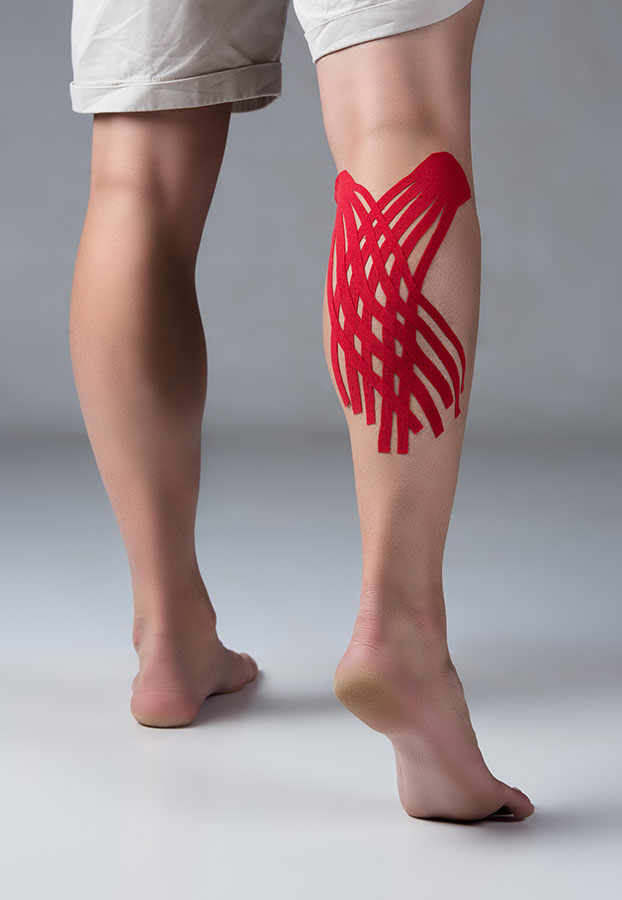“A calf strain is a tear of the muscle fibres of the muscles at the back of the lower leg and can range from mild to very severe.”
“Symptoms of a calf strain can vary significantly but usually involve a sudden sharp pain at the back of the lower leg. The calf muscle will often be tender to touch at the point of injury and swelling and bruising may appear within hours or days.”
“A calf muscle tear is graded from 1 to 3, with grade 3 being the most severe.”
“Grade 1 - A Grade 1 calf strain is a minor tear with less 25% of the muscle fibres affected. They may be able to carry on playing or competing without pain or with only mild discomfort in the calf. Return to sport 10-12 days
Grade 2 - Anything up to 90% of the muscle fibres torn. There will be a sharp pain at the back of the lower leg and usually significant pain when attempting to walk. There is likely to be swelling in the calf muscle with mild to moderate bruising, however this may take hours or days to be visible. Pain will be felt on resisted plantar flexion (pushing up onto the toes). Return to sport 16-21 days
Grade 3 - Grade 3 injuries involve 90-100% of the muscle fibres and are often referred to as ruptures. The athlete will definitely know exactly when the injury occurred because of severe and immediate pain at the back of the lower leg. Considerable bruising and swelling will develop, although this may take hours to be visible. A gap in the muscle can usually be felt where the muscle is torn bunches up towards the top of the leg. Return to sport usually occurs 6 months after surgery”
Self Help Treatment
R.I.C.E. Principles
- Rest!
- Ice
- Compression
- Elevation
“When pain allows begin gentle stretching and strengthening exercises. Stretching exercises can begin once the initial acute phase has passed and pain allows. This may be a couple of days or longer depending on the injury.
In the later stages use a foam roller to help stretch the fascia or connective tissue which surrounds the muscle. Self-myofascial release is a way of stretching the fascia yourself, similar to sports massage. It is also excellent for helping prevent calf strains in the future.”
See your Physiotherapist for applicable Exercises
Ref: http://www.sportsinjuryclinic.net/sport-injuries/ankle-achilles-shin-pain/calf-strain
Image: Google images
